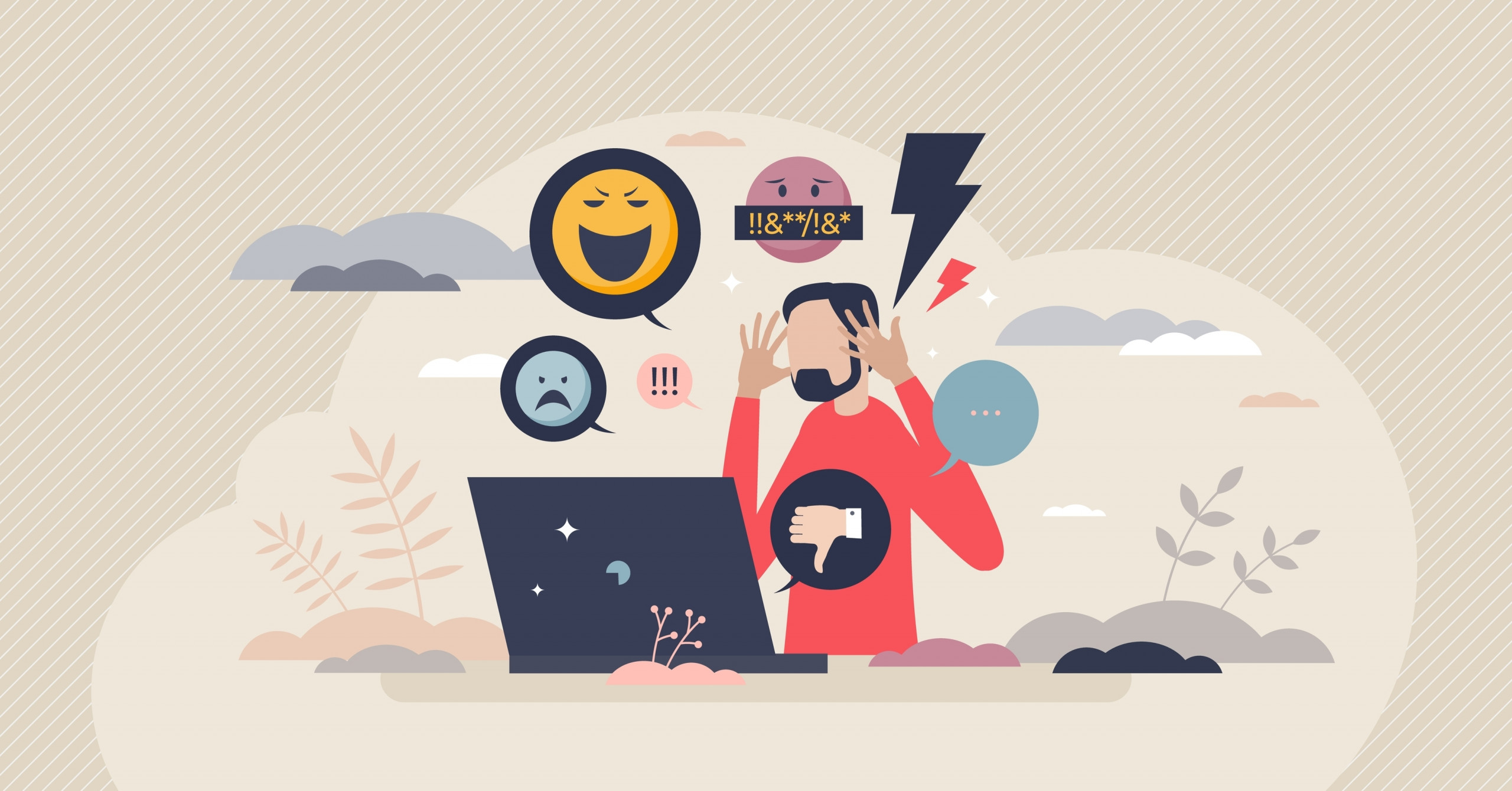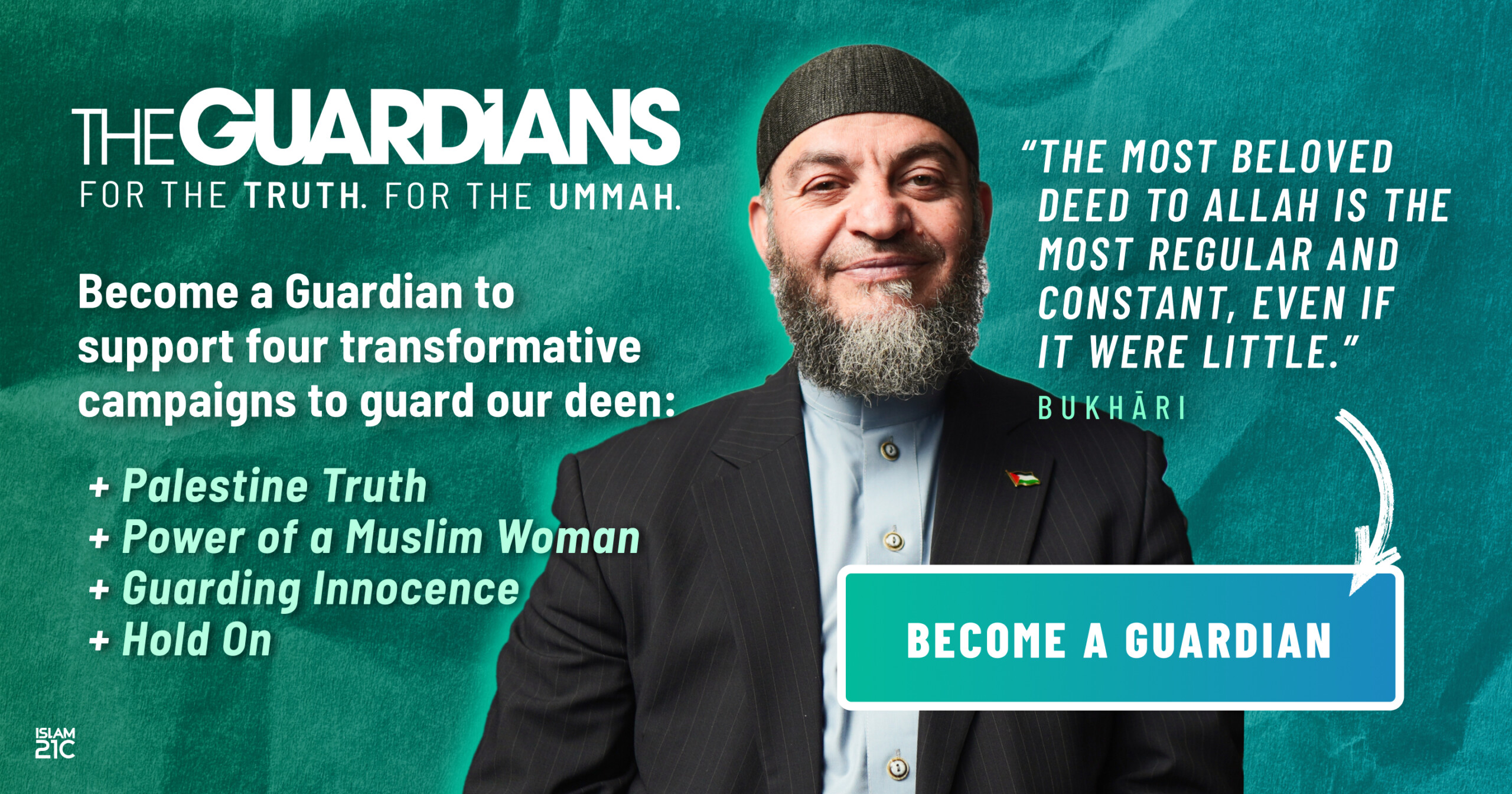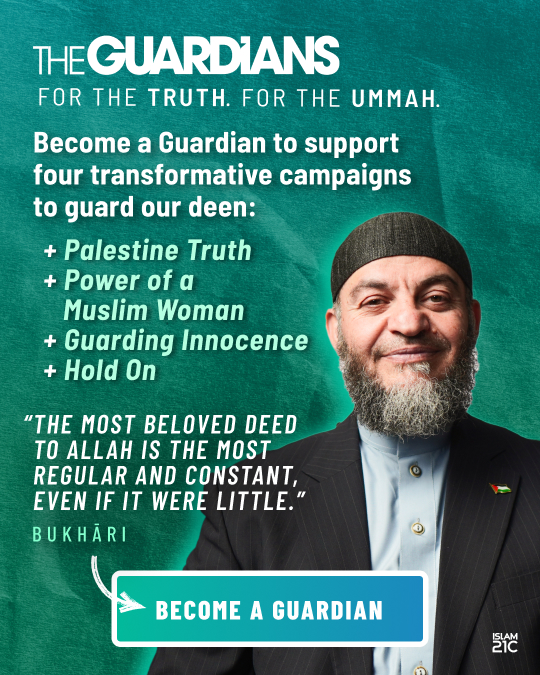The word ‘hate’ can be thrown around casually and is usually used as hyperbole to describe feelings of anger. Chillingly, however, Professor Dr. Agneta Fischer – in her research paper, Why we hate – proposes that the goal of hate, unlike anger, is to ultimately eliminate or destroy the target. [1]
The elimination is arguably exercised either mentally, through humiliation and degradation; socially, through exclusion; or physically, by means of killing or torture. [1] When it comes to Islamophobia, all three are unfortunately present in many places around the world.
Hate is real and can be very dangerous, but why do we hate? This article will explore some of the psychology behind hate, as one of the first steps in changing a problem is to acknowledge and understand what it is.
What it means to hate: differences between hate, anger, & contempt
Analysing hate can be tricky, particularly within the field of psychology. One reason is due to hate being a taboo that prevents most people from associating themselves with the emotion.
Secondly, hate hasn’t always been seen as a standard emotion and as a result, is often overlooked in place of other emotions such as dislike, anger, or contempt. [1]
However, the difference between the feelings of anger and hate is a useful distinction to make. It can essentially prevent destruction. We will look at this further on.
Hate has a goal to eliminate its target. To hate a person or a group, a judgement is made which assesses the object of our hate as being inherently evil or bad. We don’t feel that they have done a bad thing, but rather, badness is whom they intrinsically are. When this happens, the doors of forgiveness, repentance, and rehabilitation are shut, as we judge them to be incapable of change.
Anger occurs due to a perceived threat, usually to our lives, our wealth, or often our self-concept. In this regard, anger and hate certainly share commonalities in the form of a perceived danger.
However, the objective of anger is to achieve a goal; i.e. to get one’s needs met. Anger in essence is situational and once the person we are angry with has changed their behaviour, the anger will subside. Anger, unlike hate, differentiates between an aspect of an individual or group and the whole individual or group. We get angry with someone because of what they did, and we hate someone because of what they are.
Repeated anger can turn into contempt – a place where we begin to look down on the object of our anger. Like hate, contempt focuses on the nature of the person or group. The feeling of contempt, however, is less engaged than that of hate, as hate results in the desire to destroy and get rid of the person or group, whether it be socially, mentally, or physically. Contempt is to see them as not worthy of our time.
It may be very useful for us to challenge and look deep within ourselves when feeling hate, as many times it could be anger that we actually feel. Developing our emotional intelligence to discern between the emotions is key in this. We can ask ourselves, “Is it the destruction of the other person that we want?” Or are we hurt by some of their actions? This can be particularly useful in relationships with individuals, but when it comes to groups, a larger dynamic is at play, which can make this harder.
Generational hate
Another characteristic that is unique to hate over anger is the ease with which it can spread.
Studies have shown that when people themselves experienced war as opposed to those who had heard the stories of war from others, the level of hate amongst both groups was the same. Anger, on the other hand, tends to be more intense when the event is experienced first-hand.
Not only can people’s feelings of hate be formed based on the experiences of others, we can also feel it just as intensely as them. [1] This allows for hate to be passed on from generation to generation.
Analysing the stories that we tell ourselves, and becoming more self-reflective can play a part in changing the hate narrative. For example, people may hate Germans for WWII, but is it fair to look at present-day Germans with the same lens? Let us ask ourselves, “Is this my hate or what I’ve been taught?” and “Is it valid?” This is applicable to many of the wars of the past. Conflict can create a sense of unity amongst the in-group (this term is explained further down), but as the stories are passed down generationally, it can keep us cemented in hate.
Physiology of hate
The physiological symptoms of hate, in the moment, can bear many similarities to that of anger. As mentioned above, both stem from a perceived danger and thus trigger the sympathetic nervous system to cause physical agitation and feelings of aggression. When this dies down, the feelings of anger may go away or be felt with less intensity. With hate, however, the desire for destruction of that which we hate remains.
Why do we hate?
1. Fear
One reason provided for why we hate is that we fear that which is different to us.
The in-group, out-group theory seeks to shed some light on this. Human beings have traditionally self-organised into different groups. Abrams notes that Wanis explains hatred as being driven by two key emotions: love for the in-group, and aggression towards the out-group that has been deemed different, dangerous, and a threat. The term ‘out-group’ has been coined for outsiders who we may perceive as a threat to ourselves or the survival of our in-group. [1]
In short, it can be seen as a type of survival mechanism, in which case, hate becomes a functional emotion that can be used to protect oneself and ensure the survival of those close to us. This can be useful in times of war and when in combat in the battlefield. However, feelings of being in war or impending danger can be artificially generated via political campaigns and exaggerated stories in the media leading to disastrous consequences. We begin to fear the other, because of the stories that we have been told about them.
2. Group connection
When hate is associated with participation in a group, it can act to foster closeness and connections. Stereotypes and prejudices fuel hate. As a result, hate spreads easier when directed at a group as opposed to an individual. Our views of an individual can change due to interactions and new data, however the in-group and out-group dynamic doesn’t allow for individual changes as the identity of both are assigned to the group.
Therefore, the person who hates may unconsciously be waiting for permission from the in-group to change their views. The change would need to be somewhat collective or their identity as an in-group member could be challenged.
Most people are not strong or brave enough to be able to take a different position to those who are close to them and find it easier to conform. This is evidenced by history, when looking at Nazi Germany, the genocide in Bosnia, or the present genocide by China of the Uyghur Muslims. The people of those communities largely stood by or participated to later wake up to the horrors of what their hate entailed.
On an interpersonal level, research has shown that closer bonds are formed between two people when negative emotions are shared towards a third person, as opposed to the sharing of positive emotions about the third person. Researchers have also found, however, that this can backfire at times due to something called spontaneous trait transference.
If the listener disagrees with what is being said by the speaker, they will transfer the content of the speech onto the speaker. So, as an example, instead of seeing the subject or person being discussed as rude, if the listener disagrees with the speaker, they will begin to see the speaker as the rude one. [3]
3. Distraction from individual feelings of distress
Group participation can go on to fill a deep and painful void in one’s own identity. Psychologist Bernard Golden says,
“Acts of hate are attempts to distract oneself from feelings such as helplessness, powerlessness, injustice, inadequacy, and shame … it is a reaction to and distraction from some form of inner pain. The individual consumed by hate may believe that the only way to regain some sense of power over his or her pain is to pre-emptively strike out at others. In this context, each moment of hate is a temporary reprieve from inner suffering.” [2]
4. Fundamental attribution error
The fundamental attribution error is a cognitive distortion where people will understand the action of a person as a representation of their character, as opposed to a result of their circumstances. Paradoxically, we understand our own actions as being due to our circumstances.
People’s behaviour is characterological, whereas ours is circumstantial. For example, Abdul is a lazy guy who doesn’t want to find work; I, on the other hand, can’t find work as the economy is in a recession.
The in-group, out-group dynamic may allow us to extend this courtesy to those we subconsciously identify with. For example, Tim was bullied in school and has mental health issues but Amir is an evil psychopath who enjoys suffering. People who hate are more susceptible than others are to systematic biases, such as the fundamental attribution error. [1]
5. Politics and society
It is hard to separate socio-political and economic factors from the feelings of hate that reside within a community. A deeper look into this is beyond the scope of this article, but remains essential to truly understanding hate at an intergroup level. Below are a few contributing factors.
Difficult life conditions such as extreme economic problems, or perhaps the expectations of future economic difficulties such as the loss of a job, which can have a knock-on effect on one’s identity, can raise feelings of hate.
Another factor can be due to the rigidity of the cultural values within a society. The more rigid the cultural values are in a society, the more difficult it is to cope with disturbances to one’s traditional values and ways of life.
What picture came to mind when you read the above sentence? Well, if you live in the cultural hub of the world – the part referred to as the Western world – you probably aren’t picturing the society you live in, as within this part of the world we pride ourselves on our liberal, inclusive, progressive values.
However, I would pose the question; how many other cultures are currently either applying media or political pressure, using economic sanctions, or deploying military force to subdue other cultures into adopting their way of life? Feeling like our way of life is the best way of life is necessary at times, as it provides stability and counters constant anxiety. However, imposing this on others requires us to traverse the journey from anger to contempt to hate.
These decisions aren’t usually made on the individual level but trickle from the top down. Other characteristics, such as powerful leaders, a strong respect for authority, nationalism, and the slow progression of devaluing out-groups contribute to the steady development of societal hate. Hatred is an effective tool that is commonly used by politicians and their parties to attain in-group solidarity, garner support, and solidify power. It is the bread and butter of successful political campaigns as they target the basic emotion of fear. Hatred has been used in several political campaigns in Europe and the United States. [1]
What can we do?
Developing our emotional intelligence to allow us to discern between the feelings of anger and hate can be helpful on an individual level. Often, it is not the destruction of people that is our ultimate goal, but rather the pursuit of peace in the form of reducing our anxieties. We feel either fear or hurt by the other, which threatens the state of calmness that we seek and thus triggers our anxieties. The only way to cure fear is to increase our familiarity with the object of our anxiety.
We have all been created with the capacity to feel a range of emotions, as they are functional for our survival. For example, human beings have the capacity for both aggression and compassion. The tendencies that we choose to embrace require a more attentive approach. Paying more attention to the stories that we have been told or tell ourselves, can be helpful in reshaping our perception of the hated party. Hatred at an intergroup level is learned. Therefore, a top-down approach is needed. Education at home, in schools, and in the community is key in changing the narrative.
Hate is present at both an individual and intergroup level and the way we treat both can differ. This article did not go into the details of the manifestation of Islamophobia in different places, but has instead been left open for the reader to reflect on how hate can manifest on an individual basis, between groups and perhaps within groups. Self-awareness, compassion, and empathy are antitheses to hate. We must start somewhere, and self-awareness seems a good place.
Source: Islam21c
Notes
[1] Fischer, A., Halperin, E., Canetti, D., & Jasini, A. (2018). Why We Hate. Emotion Review, 10(4), 309–320. https://doi.org/10.1177/1754073917751229
[2] Abrams, A. 2017, Psychology Today, accessed 10/11/2022, https://www.psychologytoday.com/gb/blog/nurturing-self-compassion/201703/the-psychology-hate
[3] Edwards, V. ND, Science of People, accessed 19/11/2022, https://www.scienceofpeople.com/hate/









